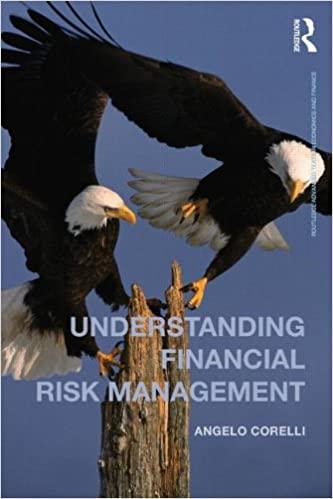Question
(Comprehensive EOQ calculations) Knutson Products Inc. is involved in the production of airplane parts and has the following inventory, carrying, and storage costs: 1. Orders
(Comprehensive EOQ calculations)
Knutson Products Inc. is involved in the production of airplane parts and has the following inventory, carrying, and storage costs:
1. Orders must be placed in round lots of 100 units.
2. Annual unit usage is 350,000. (Assume a 50-week year in your calculations.)
3. The carrying cost is 30 percent of the purchase price.
4. The purchase price is $30 per unit.
5. The ordering cost is $100 per order.
6. The desired safety stock is 7,000 units. (This does not include delivery-time stock.)
7. The delivery time is 4 week.
Given the foregoing information:
a. Determine the optimal EOQ level.
b. How many orders will be placed annually?
c. What is the inventory order point? (That is, at what level of inventory should a new order be placed?)
d. What is the average inventory level?
e. What would happen to the EOQ if annual unit sales doubled (all other unit costs and safety stocks remaining constant)? What is the elasticity of EOQ with respect to sales? (That is, what is the percentage change in EOQ divided by the percentage change in sales?)
f. If carrying costs double, what will happen to the EOQ level? (Assume the original sales level of 350,000 units.) What is the elasticity of EOQ with respect to carrying costs?
g. If the ordering costs double, what will happen to the level of EOQ? (Again, assume original levels of sales and carrying costs.) What is the elasticity of EOQ with respect to ordering costs?
h. If the selling price doubles, what will happen to EOQ? What is the elasticity of EOQ with respect to selling price?

Step by Step Solution
There are 3 Steps involved in it
Step: 1

Get Instant Access to Expert-Tailored Solutions
See step-by-step solutions with expert insights and AI powered tools for academic success
Step: 2

Step: 3

Ace Your Homework with AI
Get the answers you need in no time with our AI-driven, step-by-step assistance
Get Started


